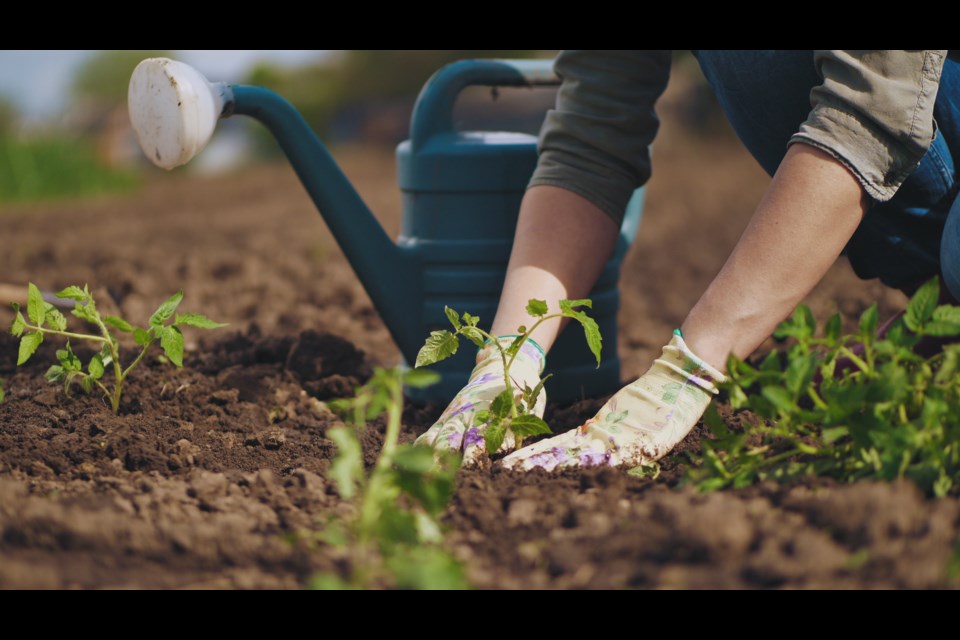With spring in full effect, here in the desert Southwest, many have already begun to journey outdoors and spring cleaning is on the list of things to do.
Although decluttering the house and garage can seem to be a dreaded project to accomplish, most homeowners share a passion for gardening. After all, enjoying the great weather and making the homestead look like an award-winning golf course with pristine manicured garden beds and lawns makes one very proud of their home.
With the enjoyment of gardening, however, there can also be some associated risks. As a physician treating patients for nearly 23 years here in the Valley, I’ve seen numerous biomechanical injuries from gardening improperly.
Just what exactly is a biomechanical injury you might ask? Here is my explanation.
The human body is many things. It’s made up of a coordinated and very balanced set of systems. The body is chemical, it is electrical and it is very mechanical. Before I transitioned into health care, I worked in the field of nuclear engineering. I learned a lot of things about chemistry, electricity and mechanics.
When I decided to make a career change and transition into health care, I quickly realized that the human body also integrates these same things that I engaged with in the engineering field.
So, “biomechanics” deals with the body’s mechanics. The knee, for instance, is the largest joint in the human body. The shoulder is the most movable joint in the human body. Where the legs attach to the pelvis is called a ball and socket joint.
The most mechanical entity in the human body is the spinal column. It consists of 24 movable bones called vertebra that are separated by pads called discs. It is imperative that these joints and the rest of the body’s mechanics remain in alignment.
With that said, proper body mechanics while gardening is something that is often overlooked and minimally discussed.
When I work in my yard, I prepare my body for the job by drinking coconut water. I will wear the proper clothes, which should be loose fitting. I will wear a hat to prevent sun damage. I will wear eye protection and gloves. I will also wear knee pads, which can be purchased from the local hardware store. I perform my weed pulling on my hands and knees and allow my back to be relaxed.
Never stand up and bend over to pull weeds or lift objects. Bending forward and looking down excessively is the No. 1 cause of back injuries and spinal stenosis, as I have recorded this with nearly 25,000 patients over the years.
If you must lift something off the ground, use proper body mechanics like you will see when a golfer picks up a golf ball. He will usually get into the fencer stance, one foot forward and one farther back, then tilt forward on the front leg to reach for the ball.
Use gardening tools to help minimize your work efforts. And the most important thing to do after gardening is to lie on your back over a big therapy ball to stretch out those sore aching muscles and joints.
Remember, break up the gardening project into smaller units and don’t try to get everything done on a deadline. Rushing any project can lead to injuries. Finally, if you feel joint pain, see your doctor for a biomechanical exam. Happy gardening!
Dr. Michael Robb is owner and founder of FIX24 Joint Biomechanics, a structural health care clinic in Phoenix that focuses on cervical, thoracic and lumbar spinal stenosis treatment. For more information, visit fix24wellnessstudio.com.



